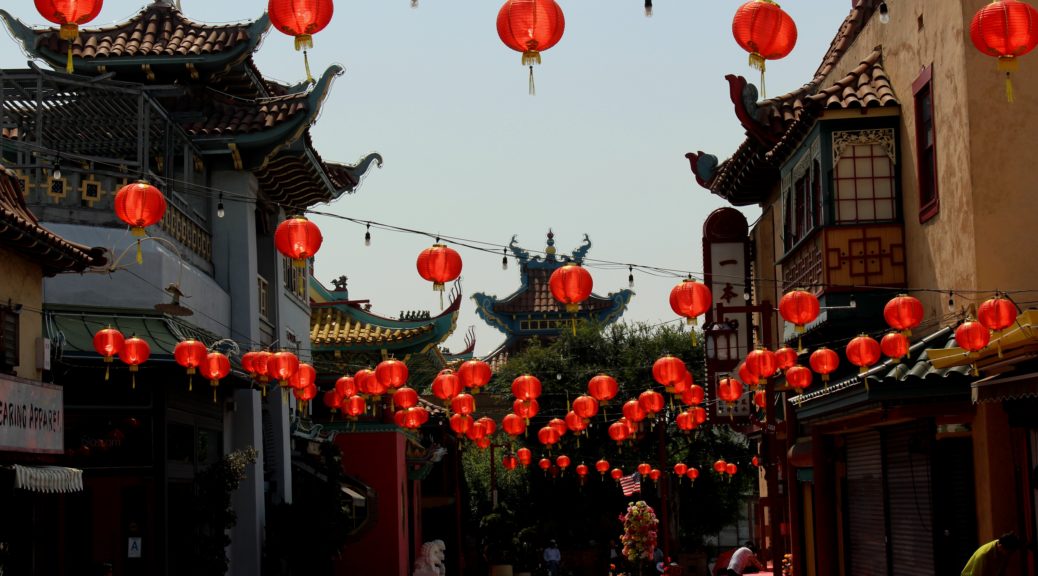By Kevin Jiang
I am a connoisseur of all foods of all cultures. I will pretty much eat anything, as long as it is edible and doesn’t taste like dirt. I’ve eaten turtle, raw steak, pork knuckles, chicken feet—you name it and I’ve either had it or am willing to try it. But you can’t find or accurately pinpoint a culture’s essence in a (subjectively) weird meat or ingredient. In my opinion, it’s the spices and the flavors that really capture a culture’s essence.
Personally, I still prefer Chinese, as well as other Asian cuisine, over all other types of food, perhaps that has something to do with the way I grew up. Whether it is Korean, Thai, Indian, or any of the other many countries that constitute Asia, the flavors all hold their own unique taste profiles and embody the culture. However, second to my love for Asian cuisine is fusion, specifically Asian fusion.
The night before the last Autumn Moon Festival (AKA Harvest Moon or the Super Moon), I was in Chinatown where I had an amazing food experience. There were dozens of food trucks lined in an alleyway, but they weren’t just any food trucks. They were—you guessed it—Asian fusion food trucks. Of course I couldn’t manage to try all of them, but I did manage to try three: Jogasaki, Kogi BBQ, and Tokyo Doggie Style.
Jogasaki sold sushi burritos. Crazy right?! It was really just a large sushi roll minus the seaweed, wrapped in soy paper. The flavors were on point, capturing everything I loved about sushi: the delicate texture of fresh salmon, the refreshing crunch of cucumber, and the slight acidic sweetness of sushi rice. Kogi BBQ brought all the savory-sweet and charred flavors of kbbq into a corn tortilla, easy to hold and perfect to snack on while I waited for the takoyaki (octopus balls) from my last stop of the night.
What I find so interesting about Asian fusion is that regardless of the vehicle of delivery (ie. a taco, bbq, or salad) the flavors remain constant. Some may consider fusion food as a form of cultural appropriation, but I see it as cultural iconoclasm. By taking the traditional concepts of a dish, and then changing its form but holding its key component intact (the unique flavor profiles), one can create a new dish that is an expression of both tradition and revolution. Fusion food cannot be categorized into either of the original components, rather it is has its own place. Kind of like me, American but with strong ties to my Chinese heritage.
Featured image by Prayitno on Flickr
Kevin is a rising junior studying Neuroscience, and is considering picking up a Computer Science minor. He is a born and raised San Diegan and loves the Southern Californian weather and atmosphere. As a swimmer and water polo player, as well as a frequent beach goer, he enjoys being near water. Kevin also enjoys modern art, cooking, but most importantly eating GOOD FOOD (Which LA has a ton of)! Like most people, Kevin enjoys traveling and experiencing the history and culture of other nations.

